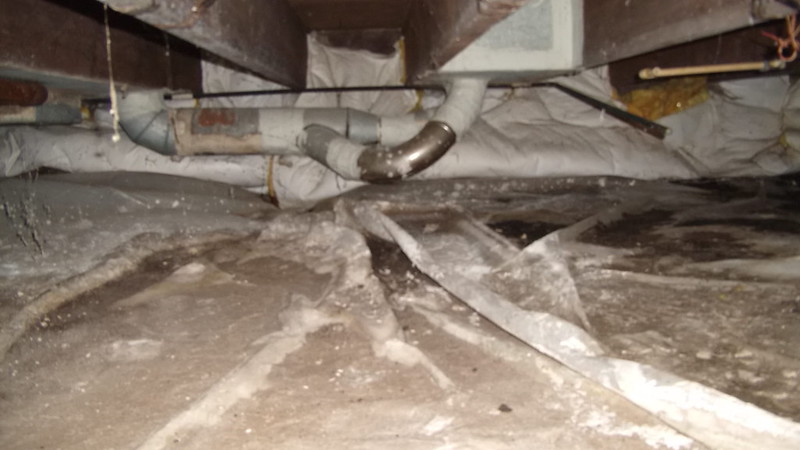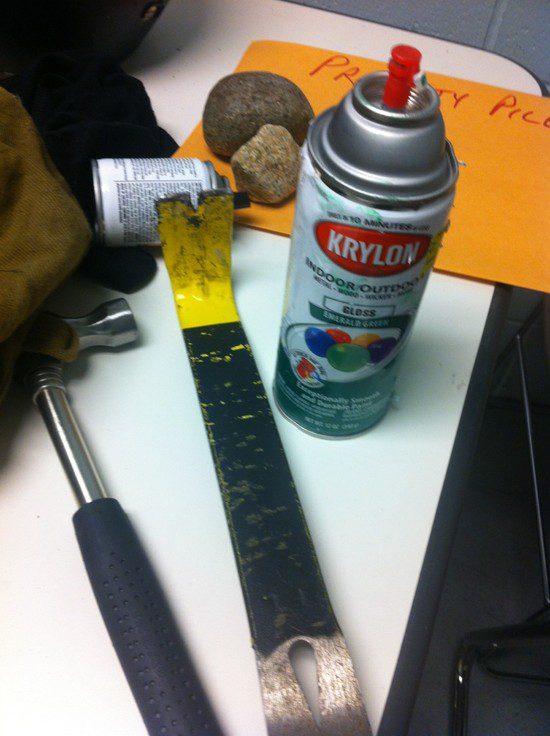Hello Folks,
In the past, I posted about a small kitchen with sub-floor issues (water damage via a small long leak). At first, I was planing on installing backer board and then install ceramic tiles; but further inspection indicated that a small spot on the sub-floor is rotten. So I would need to reinforced this spot and the subfloor as a whole (to be safer and make it level and square). While it seems easy enough to simply strip the old sub-floor (or simply a perimeter with the rotten part), it is not so given the fact that it would entail removing all the kitchen cabinets together with the main water supply line and main water valve for the whole house (both under the kitchen cabinetry).
Below pic shows rotten spot on sub-floor:
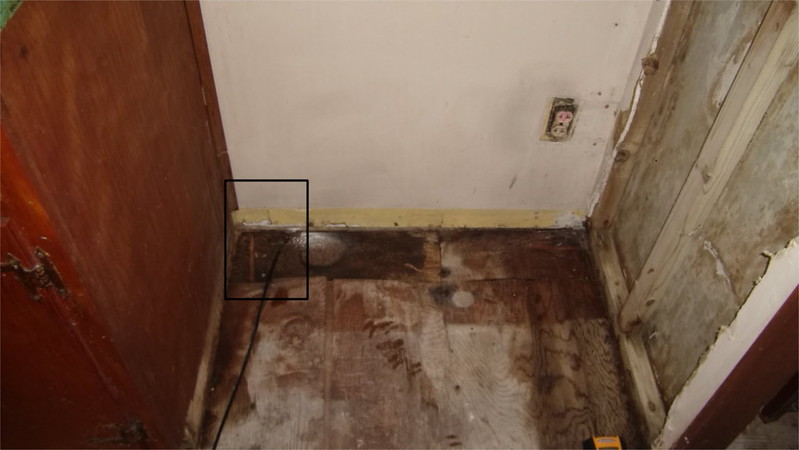
Some wood shims to assist in make the new plywood panels level:
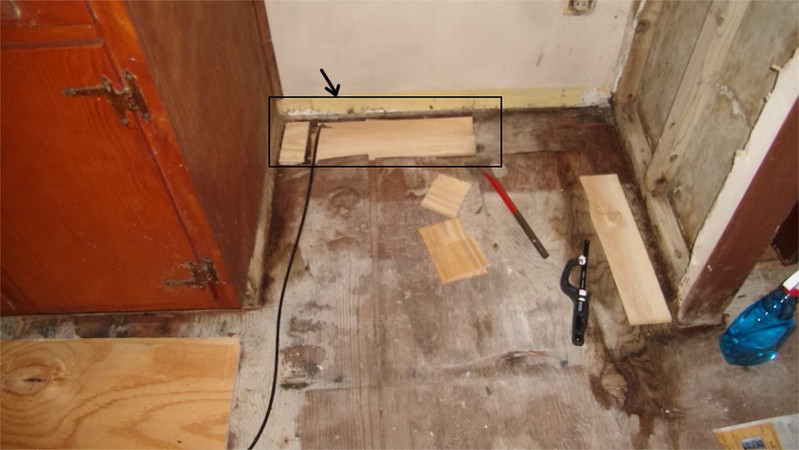
Then the new 1/2" plywood subfloor with proper spacing gaps:
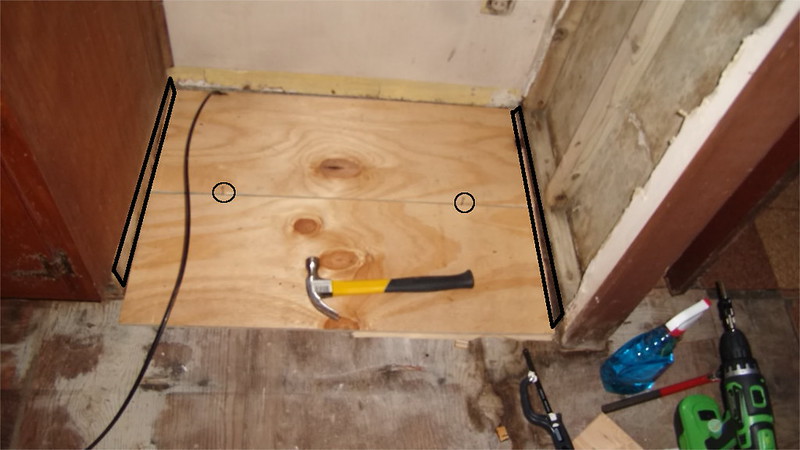
One of the issues with installing the second layer of plywood subfloor in this situation is that -- while I can identify the underneath joists and screw the new plywood panels to the joists -- the joists often do not coincide with the edges of the plywood panel due to the fact that the kitchen cabinets are in place and covering part of the old subfloor.
I am not sure if this approach is ok. So, any insights would be appreciated.
In the past, I posted about a small kitchen with sub-floor issues (water damage via a small long leak). At first, I was planing on installing backer board and then install ceramic tiles; but further inspection indicated that a small spot on the sub-floor is rotten. So I would need to reinforced this spot and the subfloor as a whole (to be safer and make it level and square). While it seems easy enough to simply strip the old sub-floor (or simply a perimeter with the rotten part), it is not so given the fact that it would entail removing all the kitchen cabinets together with the main water supply line and main water valve for the whole house (both under the kitchen cabinetry).
Below pic shows rotten spot on sub-floor:

Some wood shims to assist in make the new plywood panels level:

Then the new 1/2" plywood subfloor with proper spacing gaps:

One of the issues with installing the second layer of plywood subfloor in this situation is that -- while I can identify the underneath joists and screw the new plywood panels to the joists -- the joists often do not coincide with the edges of the plywood panel due to the fact that the kitchen cabinets are in place and covering part of the old subfloor.
I am not sure if this approach is ok. So, any insights would be appreciated.





